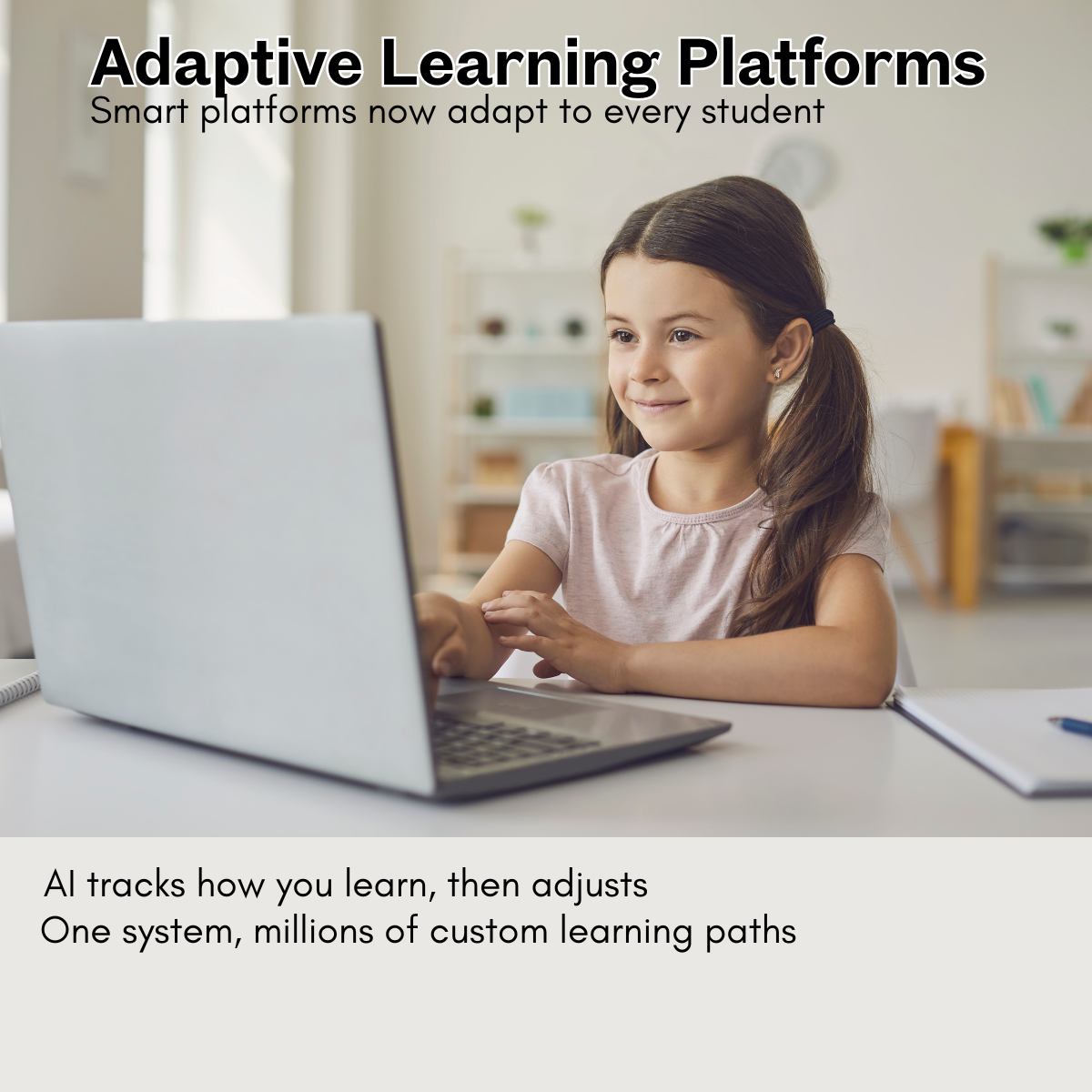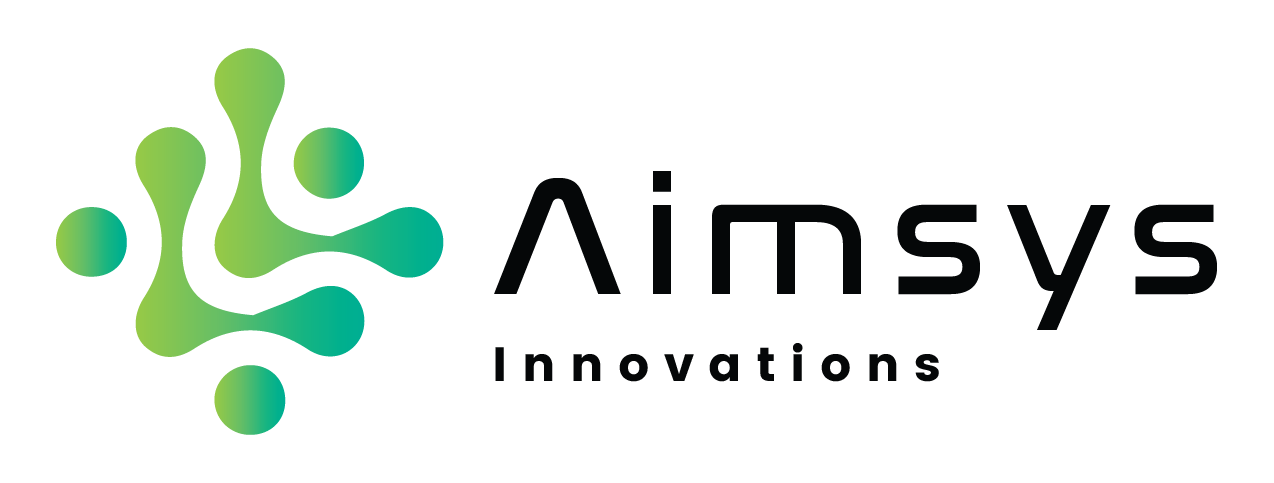Posted At: Aug 08, 2025 - 307 Views

Smarter Social Services: How AI Streamlines Case Routing for Better Impact
In the world of social welfare, getting the right help to the right person at the right timecan make all the difference. But with thousands of beneficiaries, complex eligibility rules, and limited resources, manual case management often leads to delays, mismatches, and inefficiencies.
Enter AI-powered case routing, a transformative approach that uses data, algorithms, and automation to connect individuals with the most appropriate support programs faster and more accurately.
🚦The Case for Smarter Case Routing
Traditional social service systems rely on human caseworkers to assess needs, determine eligibility, and recommend the right programs. While critical, this process can be:
- Time-consuming: Manual data entry and review slow things down.
- Inconsistent: Different caseworkers may interpret similar cases differently.
- Overwhelming: With multiple programs and overlapping criteria, choices can be confusing.
- Resource-strained: Social workers are often overburdened with high caseloads.
AI helps solve these problems by acting as a decision-support system — augmenting human judgment with machine precision.
🤖 How AI-Powered Case Routing Works
AI transforms the case routing process by using predictive analytics, machine learning, and natural language processing (NLP)to evaluate each case and match it to the most relevant programs. Here's how the system typically works:
1. Data Collection
AI systems collect and integrate data from:
- Application forms
- Previous case histories
- Demographics and location
- Employment and income records
- Health and education profiles
2. Need & Eligibility Analysis
Using machine learning, the AI evaluates:
- Level of need (urgency, risk factors)
- Eligibility for various services
- Historical program success rates for similar profiles
3. Program Matching & Prioritization
The system recommends:
- The most relevant social programs (e.g., housing, food assistance, education)
- The best-fit service providers or NGOs
- A priority score to assist in triaging urgent cases
4. Smart Routing
Cases are automatically routed to:
- The right caseworker or department
- Specialized services (e.g., mental health, job training)
- Local offices with available capacity
5. Feedback & Learning
The AI learns from outcomes:
- Was the referral accepted?
- Did the beneficiary complete the program?
- Were their needs met?
This feedback improves future recommendations.
🎯 Real-World Applications
AI-based case routing is already being used or piloted in several regions and sectors:
✅ Public Welfare Systems
Governments use AI to automatically direct applications to housing, disability aid, or child support services based on needs and history.
✅ Nonprofits & NGOs
Organizations like United Way or crisis response centers use AI to determine which internal programs or external partners are best suited for incoming requests.
✅ Healthcare Social Work
Hospitals and clinics use AI to refer patients to social services like meal support, home care, or substance abuse programs post-discharge.
💡 Why AI in Social Services Matters
1. Faster Help, Better Outcomes
AI cuts down wait times and reduces the chances of people falling through the cracks. It ensures that high-risk or urgent cases get flagged and prioritized.
2. Personalized Support
Rather than one-size-fits-all, AI can tailor support based on individual circumstances, increasing the chances of long-term success.
3. Increased Efficiency
Caseworkers can focus more on human connection and intervention while AI handles the data-heavy routing work.
4. Data-Driven Decision-Making
Administrators gain insights into program performance, community needs, and resource gaps—enabling more strategic planning.
🔒 Ethics and Safeguards
While AI brings efficiency, it must be deployed responsibly:
- Bias Monitoring: Ensuring algorithms don’t reinforce systemic discrimination.
- Transparency: Beneficiaries should understand how decisions are made.
- Human Oversight: AI should support—not replace—human caseworkers.
🌍 The Future of Human-Centered AI in Social Work
As cities grow and social needs become more complex, AI can help governments and nonprofits scale compassion—bringing speed, fairness, and insight to the heart of social services.
The goal isn’t just automation — it’s equity, access, and dignityfor everyone who needs support.
